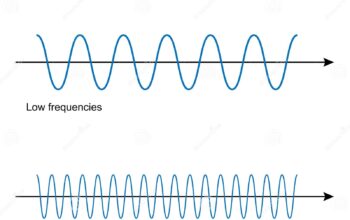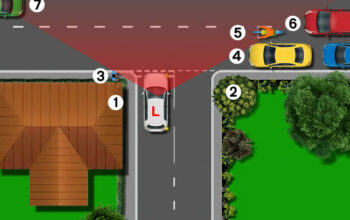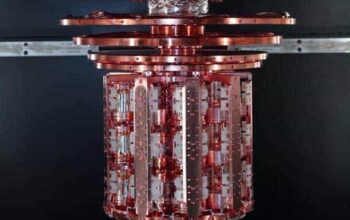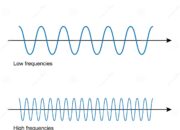Imagine a world where the boundaries of time could be traversed at will. The concept of a time machine has captivated human imagination for centuries, spurring countless tales of adventure and philosophical inquiry. But how might one actually aspire to construct such a fantastical apparatus? To address this playful yet profound question, we must delve into the realms of theoretical physics, engineering, and, dare we say, creativity.
Firstly, it is essential to understand the various frameworks of time travel posited by physicists over the years. The most recognized model is that of Albert Einstein’s theory of relativity, which entertains notions of time as a malleable entity rather than a fixed construct. Herein lies our first challenge: the very premise that time travels forward in a linear fashion must be re-evaluated. Shouldn’t we ponder whether time is cyclical, or potentially even multi-dimensional?
One of the primary approaches to constructing a time machine is conceptualizing wormholes—hypothetical passages through spacetime that theoretically connect disparate points in both time and space. A wormhole is often pictured as a tunnel with two ends at separate locations in spacetime. But what materials would be necessary to stabilize such a structure? It is conjectured that exotic matter with negative energy density would be required. This leads to the next formidable question: does such matter even exist? As of current understanding, this remains speculative.
The next phase in our whimsical endeavor entails the utilization of theoretical constructs such as a Tipler cylinder or a traversable wormhole. The Tipler cylinder is a rotating massive cylinder that, in theory, can allow for closed timelike curves, thus potentially enabling travel back to a prior moment in time. However, the logistics of creating an infinitely long and massive cylinder pose daunting engineering challenges. A structure of this magnitude would not only require materials that we have yet to discover but also an understanding of rotational physics at a scale previously unseen.
Let’s also consider the concept of ‘time dilation,’ which occurs at relativistic speeds as outlined by the special theory of relativity. If one could harness the power of a spacecraft capable of approaching the speed of light, the time experienced on board would differ dramatically from that experienced by observers remaining on Earth. Such a mechanism, while theoretically sound, brings forth practical concerns regarding propulsion systems, navigation, and the overarching safety of human occupants.
To move beyond theoretical constructs, it is prudent to consider potential technological advancements that could expedite our journey towards building a time machine. Quantum mechanics hints at interstellar possibilities, particularly through the lens of quantum tunneling. This phenomenon allows particles to traverse barriers that, by classical physics evaluations, they should not be able to cross. Could the principles behind quantum tunneling one day be applicable on a macroscopic scale, defying classical limitations of time and space?
Moreover, the advent of advanced artificial intelligence could pave the way for simulations and algorithms that analyze vast amounts of data and propose feasibility alternatives previously unconsidered. As technology continues to burgeon, guiding the construction of time travel devices may move from the realm of fiction to tangible reality. Yet, this progression unfurls an ethical tapestry that we must also address—would society be prepared for the implications of time travel?
Exploring historical timelines could yield profound impacts, such as altering events that define civilizations. This brings us to the semantics of causality, a foundational principle in both philosophy and physics. Causality asserts that every cause has an effect. If a time traveler were to interfere in the past, it could engender what is known as the ‘butterfly effect,’ where minute changes may lead to catastrophic divergences in future events.
Indubitably, one must inquire about the feasibility of time travel paradoxes, such as the famed grandfather paradox, which posits an intriguing conundrum: if one were to travel back in time and prevent their grandparents from meeting, how would that affect the time traveler’s existence? The implications of such paradoxes reveal the limitations and complexities woven into the fabric of causality and existence.
Ultimately, envisioning how to build a time machine encourages a rich tapestry of intellectual curiosity, speculation, and scientific exploration. While the journey towards practical time travel remains ensconced in the abstract, the ongoing pursuit of knowledge elucidates the inherent limitations and possibilities of human ingenuity. No single paradigm will yield a definitive answer, nor will any one approach lead directly to a time machine’s construction. However, by amalgamating creativity, theoretical physics, and cutting-edge technology, we inch closer to unraveling the secrets of time itself.
As we contemplate the playful inquiry into constructing a time machine, it is essential to acknowledge the duality of discovery and responsibility that accompanies such exploration. The essence of time travel is not solely in the mechanics of machines but in the impacts of our actions across time and space. Perhaps building a time machine is not merely an engineering feat but a philosophical odyssey into understanding the very nature of existence itself.












